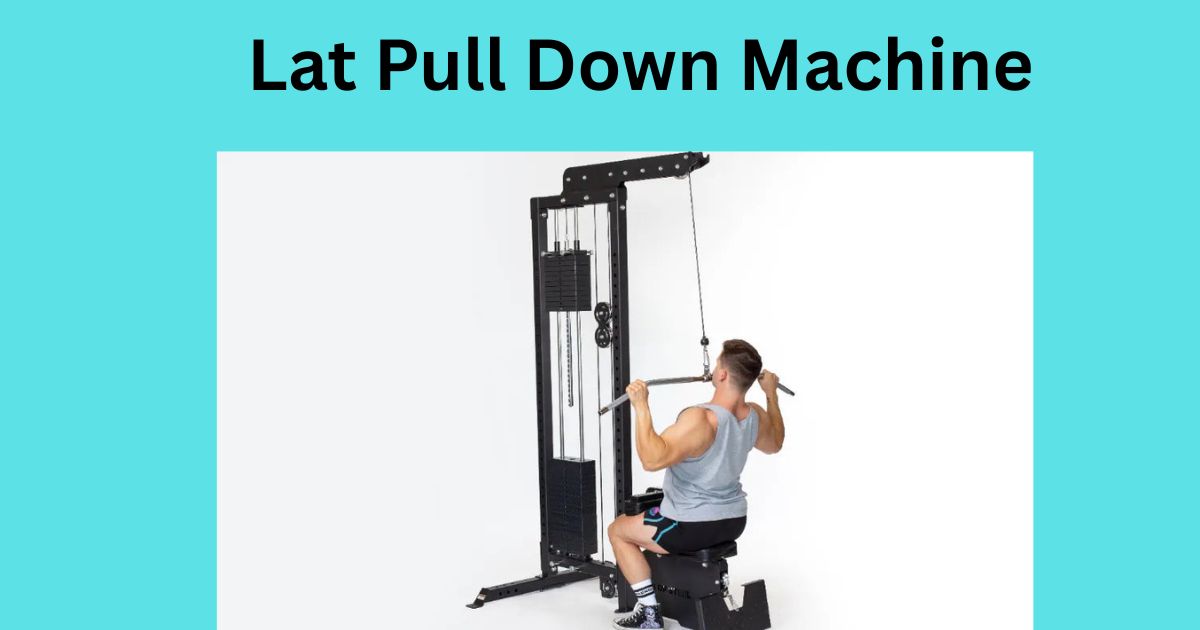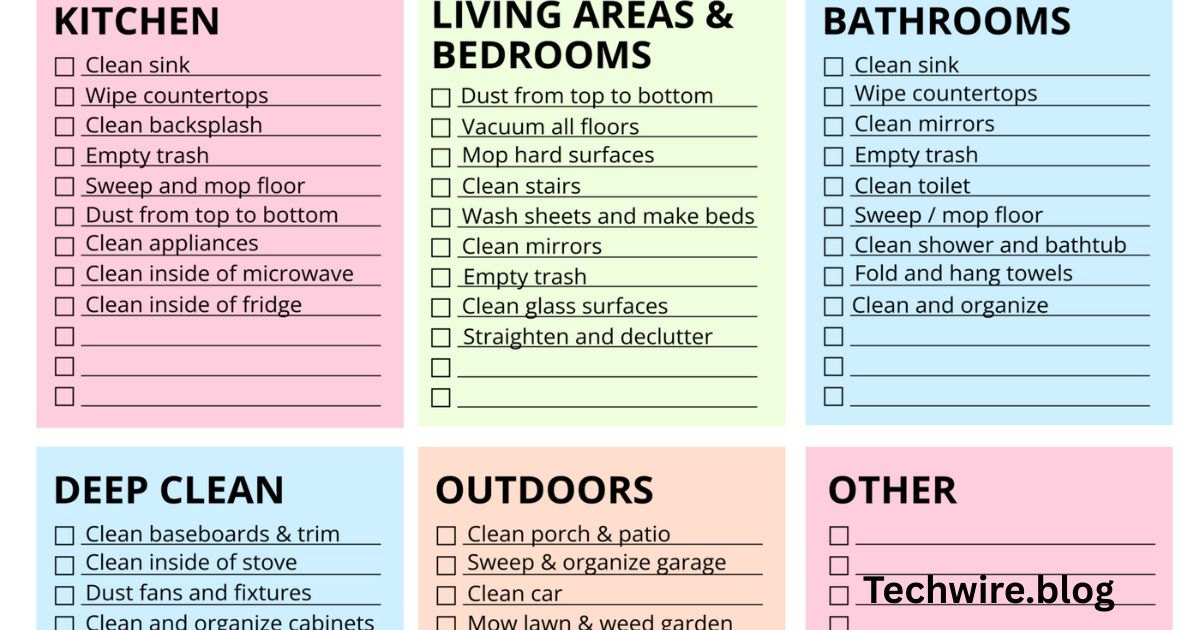The lat pull down machine is a staple in almost every commercial gym and a valuable asset in any well-equipped home fitness space. Renowned for its effectiveness in building upper body strength—particularly in the back muscles—the lat pull down machine offers a safe and controlled way to develop the latissimus dorsi, improve posture, and assist in progressing to more advanced bodyweight movements such as pull-ups.
In this comprehensive 1500-word article, we will explore the lat pull down machine in detail, including its design, targeted muscle groups, benefits, variations, how to use it correctly, common mistakes, and guidance on choosing the right machine for home or gym use.
What is a Lat Pull Down Machine?
The lat pull down machine is a piece of strength training equipment designed to help users isolate and work the muscles of the upper back—primarily the latissimus dorsi, hence the name. The machine consists of a seat, thigh support pads, a long cable attached to a weight stack, and a bar or handle that users pull down toward their chest or behind their neck.
It mimics the motion of a pull-up but allows the user to adjust the resistance and focus on form, making it suitable for beginners, intermediates, and advanced lifters alike.
Anatomy of the Lat Pull Down Machine
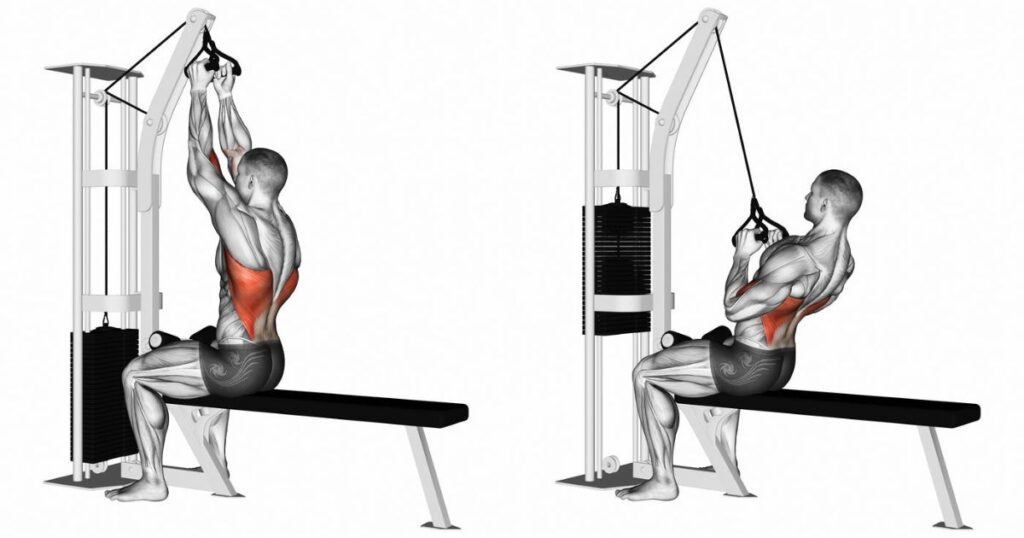
A typical lat pull down machine includes:
- Adjustable seat: Allows users of different heights to position themselves correctly.
- Thigh pads: Prevent users from lifting off the seat while pulling the bar down.
- Cable and pulley system: Connected to a weight stack for adjustable resistance.
- Lat bar or grip attachment: Usually a long bar, but some machines offer multiple grip options (V-bar, rope, single handles).
This versatile setup enables a range of upper body exercises targeting multiple muscle groups beyond the lats.
Muscles Targeted by the Lat Pull Down Machine
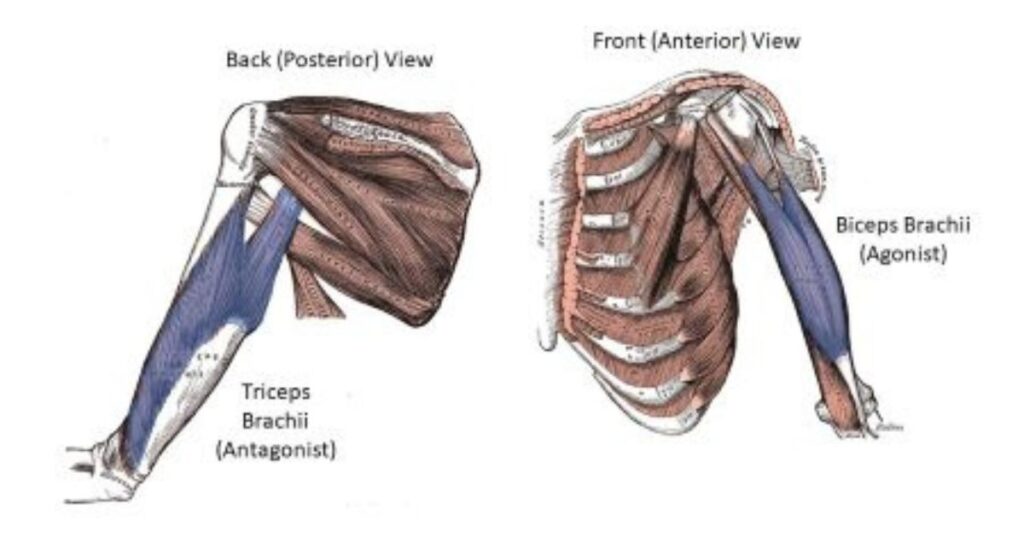
While the latissimus dorsi is the primary muscle engaged, several other muscles assist in the movement, including:
Primary Muscles:
- Latissimus dorsi (lats) – Large muscles spanning the middle and lower back
- Teres major – Works alongside the lats for shoulder adduction
- Biceps brachii – Involved in elbow flexion
Secondary Muscles:
- Trapezius (lower and middle fibers)
- Rhomboids
- Posterior deltoids
- Forearms and grip muscles
Due to this wide range of muscle involvement, lat pull downs are one of the most effective compound exercises for upper body development.
Benefits of Using the Lat Pull Down Machine
1. Improves Upper Body Strength
It builds strength in key muscle groups required for everyday pulling movements, from opening heavy doors to climbing.
2. Aids in Pull-Up Progression
For individuals struggling with pull-ups, lat pull downs offer a scalable way to develop the necessary back and arm strength.
3. Enhances Posture
Strengthening the lats and upper back helps counteract poor posture caused by prolonged sitting or slouching.
4. Low Risk of Injury
Compared to free-weight alternatives, the machine offers a controlled movement path, reducing the risk of form-related injuries.
5. Customizable Resistance
The weight stack can be adjusted easily, making it suitable for users of all fitness levels.
How to Use the Lat Pull Down Machine Correctly
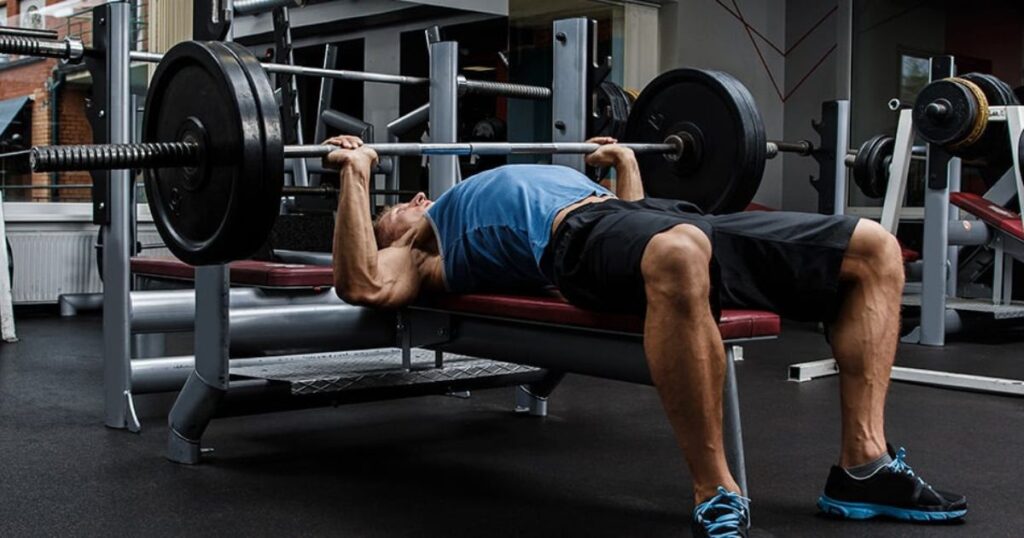
Step-by-Step Instructions:
- Adjust the Seat and Pads
Sit down and adjust the thigh pads so your legs are snug underneath. Your feet should rest flat on the floor. - Choose Your Grip
Grab the bar with a wide, overhand grip for standard lat pull downs. You can experiment with other grips later. - Set the Weight
Select a manageable weight that allows you to perform 8–12 reps with good form. - Pull the Bar Down
Pull the bar smoothly down to your upper chest while keeping your torso upright. Squeeze your shoulder blades together. - Return Slowly
Slowly return the bar to the starting position, maintaining control. - Breathe
Exhale during the pulling phase and inhale as you return the bar.
Variations of Lat Pull Downs
To keep workouts fresh and target muscles differently, several variations can be performed:
1. Close-Grip Lat Pull Down
Using a V-bar or narrow grip to emphasize the lower lats and biceps more intensely.
2. Reverse-Grip (Supinated) Pull Down
Palms facing you—puts more emphasis on the biceps and lower lats.
3. Behind-the-Neck Pull Down
The bar is pulled behind the head. This is controversial due to shoulder strain risk and is not recommended for most users.
4. Single-Arm Pull Down
Isolates each side of the back for muscular balance and increased mind-muscle connection.
5. Rope Lat Pull Down
Using a rope attachment for a greater range of motion and focus on the lats’ stretch and contraction.
Common Mistakes to Avoid
1. Using Too Much Weight
Leads to poor form, jerking motions, and potential injury.
2. Leaning Back Excessively
Turns the movement into a row, reducing activation of the lats.
3. Pulling the Bar Behind the Neck
Unless mobility is excellent and load is light, this can strain the neck and shoulders.
4. Inadequate Range of Motion
Not fully extending the arms at the top or pulling the bar too shallow reduces effectiveness.
5. Neglecting Core Engagement
Failing to stabilize the core can lead to instability and improper posture during the movement.
Comparing the Lat Pull Down with Pull-Ups
| Feature | Lat Pull Down | Pull-Up |
|---|---|---|
| Resistance Control | Adjustable | Bodyweight only |
| Learning Curve | Beginner-friendly | Advanced |
| Customization | Multiple grips and handles | Limited without accessories |
| Equipment Required | Machine | Pull-up bar |
| Progression Tool | Yes | End goal |
Lat pull downs are often used as a stepping stone toward unassisted pull-ups, especially for beginners or those returning from injury.
Choosing the Best Lat Pull Down Machine
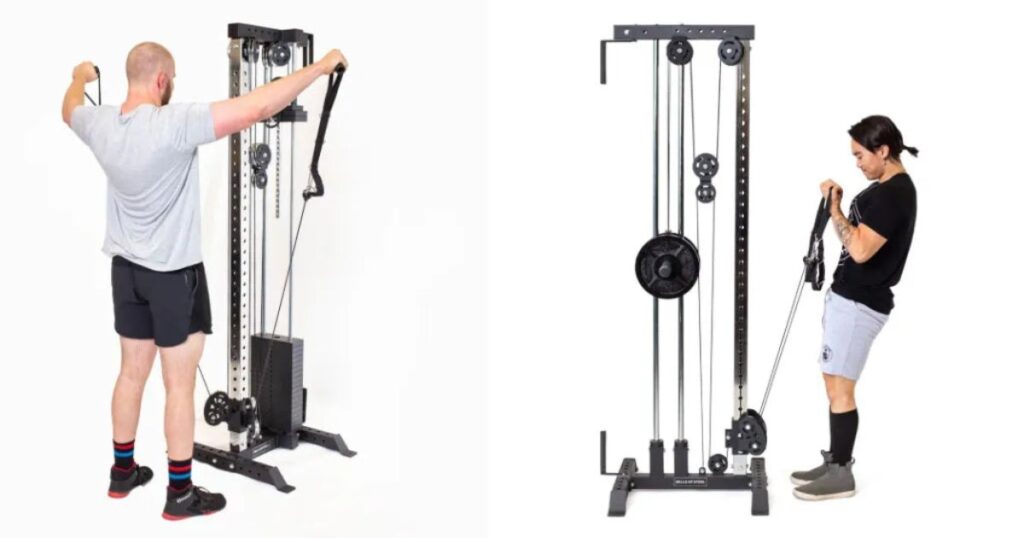
If you’re considering purchasing one for personal use, consider the following:
1. Type of Resistance
- Weight Stack Machines – Easy to use, common in gyms.
- Plate-Loaded Machines – More cost-effective for home gyms, require standard or Olympic plates.
2. Footprint
Some machines are large. Measure your space before purchase.
3. Adjustability
Ensure the machine has adjustable thigh pads, seat height, and grip options.
4. Build Quality
Choose a machine with a solid frame (steel preferred), smooth pulley systems, and secure cables.
5. Brand Recommendations
Top brands include:
- Body-Solid
- Titan Fitness
- Powertec
- XMark Fitness
- Rogue Fitness (lat attachments for racks)
Prices range from $300 to over $2000 depending on features, weight capacity, and brand reputation.
Incorporating Lat Pull Downs into a Workout Routine
A balanced back workout might look like this:
Upper Body Day Sample (Pull Focus):
| Exercise | Sets | Reps |
|---|---|---|
| Lat Pull Down | 4 | 10-12 |
| Seated Cable Row | 3 | 10 |
| Face Pulls | 3 | 12-15 |
| Dumbbell Curls | 3 | 12 |
| Hammer Curls | 2 | 15 |
You can also pair lat pull downs with chest exercises on push-pull routines or include them in full-body workouts 2–3 times per week.
Final Thoughts
The lat pull down machine is an essential tool for building a strong, functional, and aesthetically pleasing upper back. Whether you’re just starting out on your fitness journey or looking to break through a plateau, it offers controlled, effective resistance training that supports muscle growth, posture correction, and pull-up progression.
Its versatility, safety, and effectiveness make it a must-have in any gym or serious home workout setup. By mastering proper form, exploring variations, and integrating it into a well-rounded program, you can unlock a stronger, more confident physique—one pull at a time.






